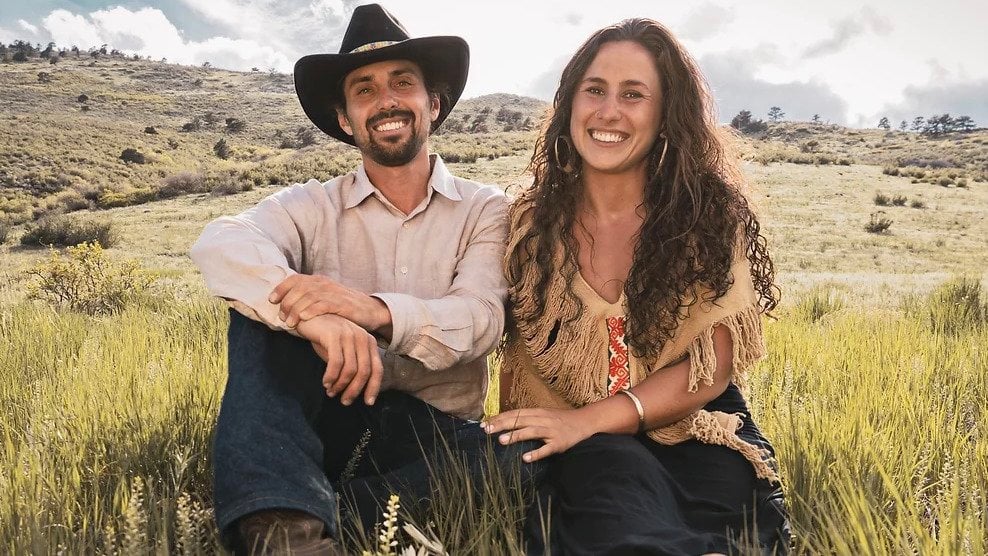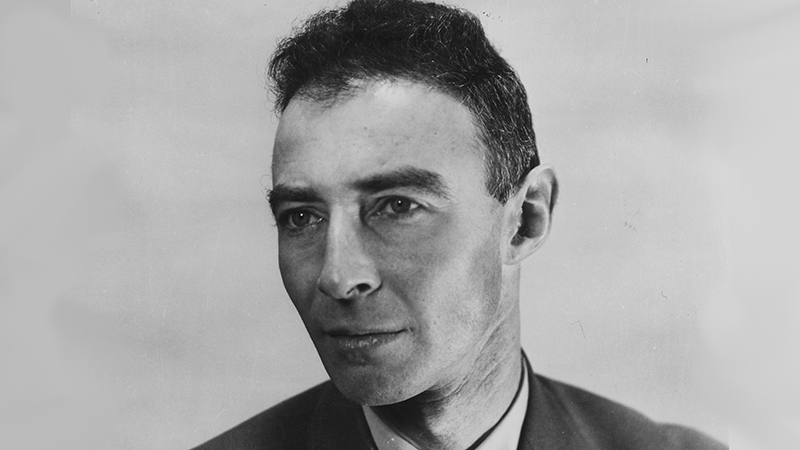A half-decade ago, Nick DiDomenico’s parents bought a small property north of Boulder, Colorado. They handed a dilapidated house and 14 acres over to him to help fulfill his dream of becoming an organic farmer. Nick gave the farm an appealing name, Elk Run. But in fact the prairie land was horribly degraded. Its topsoil had been eroded by wind and rain, and the property was essentially a parched wasteland. Advisors from the U.S. Department of Agriculture advised Nick that the land was unsuitable for growing crops.
Six years later, DiDomenico and a small group of allies—with help from funders—have done the seemingly impossible: They transformed a wasteland into a veritable Garden of Eden. DiDomenico, his partner, Melissa Pulaski, and a handful of others are raising pigs, sheep, chickens, and rabbits and producing organic vegetables and grains. The non-profit organization that DiDomenico and Pulaski established, Drylands Agroecology Research, explores regenerative agriculture techniques and provides consulting and land reclamation services for other property owners along Colorado’s Front Range.

“The overarching goal is to create many more safe havens for healthy food and healthy lifestyles,” DiDomenico says. “We want to help people all over the region produce food locally and we want to promote good commercial ventures that strengthen our communities. We want to get away from the extractive economy.”
Their project illustrates a phenomenon that is underway across the United States and across the globe. People in small groups are reimagining and rebuilding the economy one experimental step at a time. Many of them share the belief that capitalism as it is being practiced today is unsustainable. It’s destroying the environment and contributing mightily to global warming. And capitalism is causing a breakdown in society because of the inequities it engenders. So, it’s time to pivot and adopt new approaches that will help make the planet and society more sustainable.
This phenomenon got its start with the social-enterprise movement in the early 2000s, but it seems to have accelerated since the COVID crisis woke people up and convinced them that now is the time to make bold changes in how we live.

I have been exploring the evolution of this phenomenon since the rise of COVID. It was then that I became involved in an initiative called Pivot Projects, a global, all-volunteer collaboration aimed at using collective intelligence, systems thinking, and AI-assisted research to help society and communities become more sustainable and resilient. I started off as a journalist embedded in Pivot Projects and later became a full participant. Late last year, Columbia University Press published my book about the group’s journey: The Pivot: Addressing Global Problems Through Local Action.
One of the 20+ workstreams within Pivot Projects took on the subject of building a sustainable and just economic system—an alternative to the present system, which is based on greed, maximizing profits, and exploiting workers and resources. Rather than thinking about a revolution, which hardly seemed likely, the group took aim at defining and encouraging a new way forward. Out of that quest came a concept called the Cellular Economy.
The “cells” are small groups of people dedicated to pioneering new approaches to serving people’s needs. They’re democratic, humanistic, science-based, diverse, collaborative, community-oriented, and experimental. Some are mission-driven businesses. Others are social enterprises or community organizations. “We need a fundamental shift in the very foundation of capitalism as it is practiced today,” says Damian Costello, an expert in disruptive innovation who coordinates Pivot Projects’ economics workstream. “The Cellular Economy model describes what we need to do to make this brighter, safer future a reality.”
Right now, most of these initiatives operate in isolation. The economics workstream participants believe that to fulfill their potential, the cells will have to form into networks that enable them to more readily share resources and knowledge. Nick and his colleagues have already begun reaching out to other farmers and landowners in and around Boulder whose visions and missions are aligned with theirs. He refers to this as a “mycelial network.” That’s a reference to the role that fungal mycelia play in maintaining healthy forests. The mycelia tap into tree roots, connecting individual plants together to transfer water, nitrogen, and other nutrients to where they are needed most. Essentially, these networks enable trees to collaborate with each other and live in harmony. It’s a good metaphor.
The knowledge about regenerative agriculture that DAR is sharing with others comes partly from research but mainly from experimentation on the farm. The Elk Run land is sloped, and, in the old days, water from infrequent rain and snow episodes tended to slide off it without being absorbed. Nick and his team cut ditches across the slopes to capture and store water. They planted trees in the ditches to create shade, produce fruit, and provide habitat for insects and birds. The pigs serve as roto-tillers for the degraded soil—breaking it up with their hooves and snouts and peppering it with manure. Then come the sheep and chickens and more manure. Over time, the soil is enriched to the point where it can support vegetable and grain crops.
Today, this approach produces 90% of the food that the small group needs to survive. In the future, Elk Run plans on selling produce to others. But the bigger goal is to help other landowners improve their land and produce healthy food at scale. Within 10 years, DiDomenico and friends hope to be managing 1000 acres or more using regenerative methods, to establish 10 regional hubs based on their model, and to have planted 100,000 trees. “As a Front Range community, we can build incredible resilience,” he says.
Regenerative agriculture emerged in the late 20th century as an alternative to industrial farming, with its focus on chemical inputs, monocultures, and processed food. The practice has come on strong in the past decade as farmers became more sensitive to environmental concerns and climate change. The focus is on strengthening the vitality of farm soil, increasing biodiversity, and improving the water cycle.
The COVID crisis has been a wakeup call. “People all over the world tell us they want clean air, more decentralized affordable energy, water and waste systems, and a regenerative economic model in which people live closer to nature,” says Peter Head, a leader in the sustainability field and co-founder of Pivot Projects. “Regenerative farming is a key part of recovery.”
Pivot Projects has launched regenerative agriculture projects aimed at aiding small farmers in partnership with local groups in Nepal and central Africa, in both the Democratic Republic of Congo and Uganda. Advances in technology are now available for farmers in remote areas, including solar for electricity and Starlink LEOS for telecommunications, but funding remains a challenge. Microfinance systems are of limited use for scaling up production, and small farmers have little access to larger grants and loans, says Colin Harrison, a former IBM executive and co-founder of Pivot Projects. The good news is that the African team has been awarded an initial $25,000 grant by the UN Food Systems organization to cover the costs of strategy development.
Back in the USA, DAR and other cellular outfits face funding challenges of their own. DAR has been fueled mainly by GoFundMe campaigns and small grants from foundations and individuals, but that’s not enough for it to scale up quickly and have a sizable impact. New funding sources and innovations are needed. We need impact investors to step up and do their part.
I asked Ian Abbott-Donnelly, one of my colleagues in Pivot Projects, to do some research into the matter using an AI-powered research tool made by SparkBeyond.
Quickly, he spotted some good news. Regenerative farming dramatically reduces the cost of inputs for farmers, reducing the amount of money they need to plant and sustain crops—and thus decreasing the need for financing and indebtedness. Details are available in this report from the government of the Indian state of Andhra Pradesh. Ian unearthed an extensive analysis of the potential for funding sustainable agriculture enterprises and projects in this article published by the National Institutes of Health.
Regenerative agriculture has the potential to transform lives and diets. The Cellular Economy has the potential to transform society. My challenge to impact investors is this: Find ways to fund them. Help make the global food system and the global economy more sustainable.
















